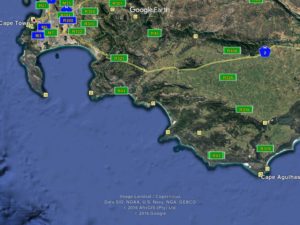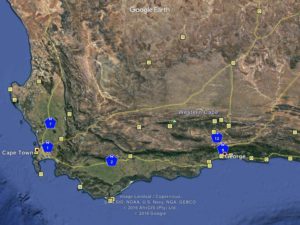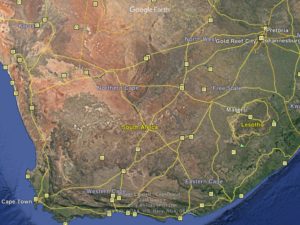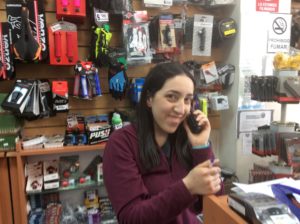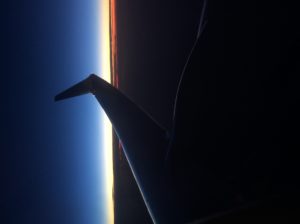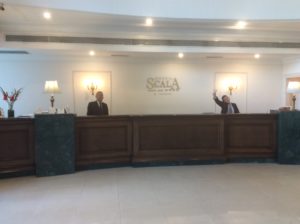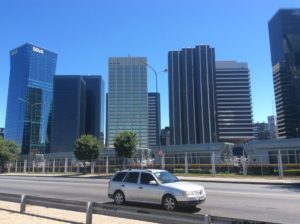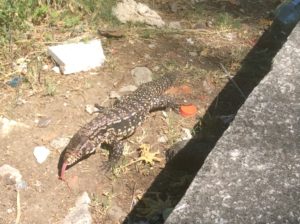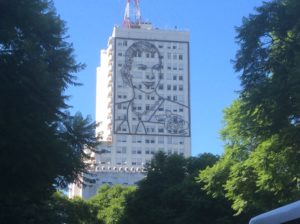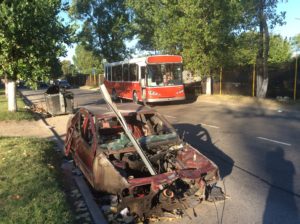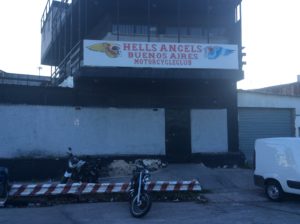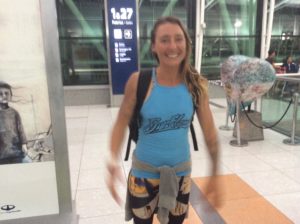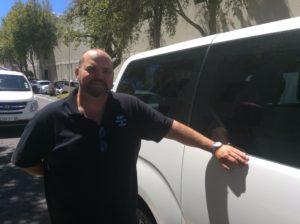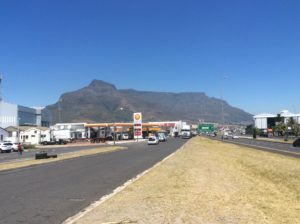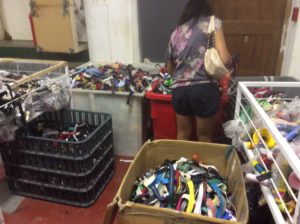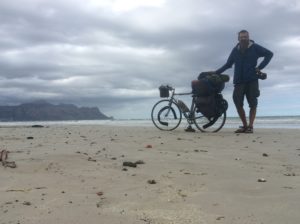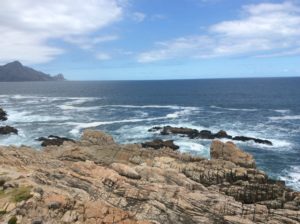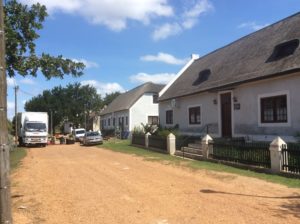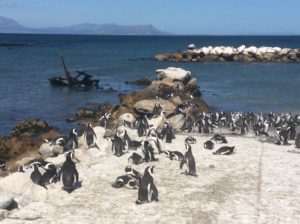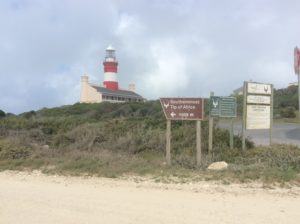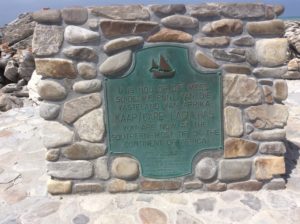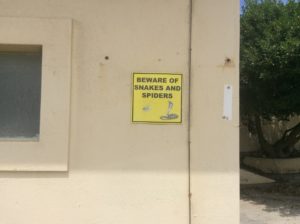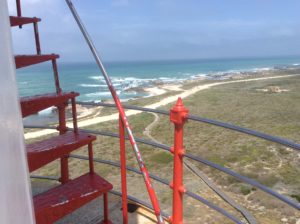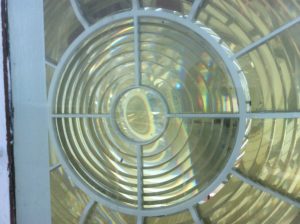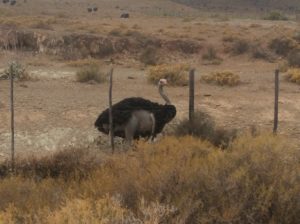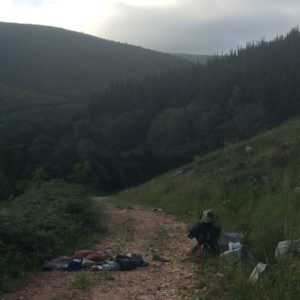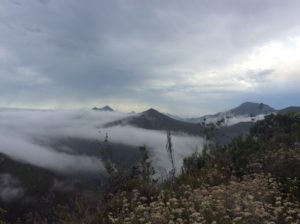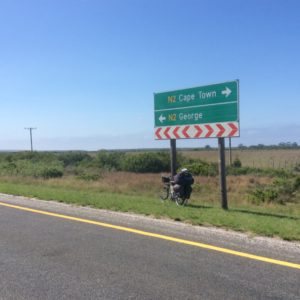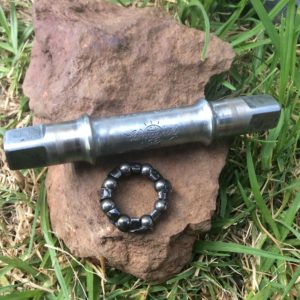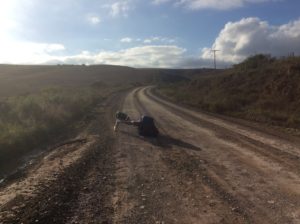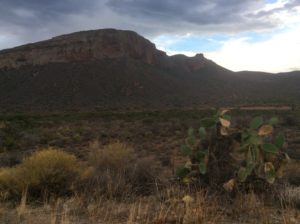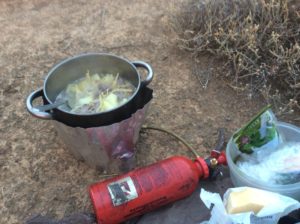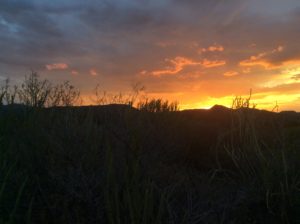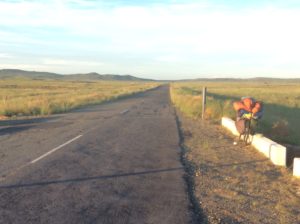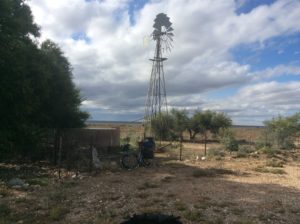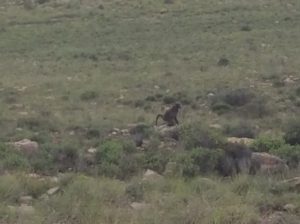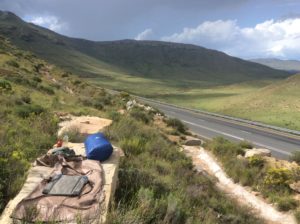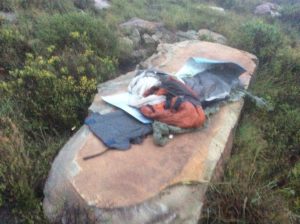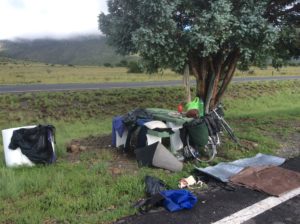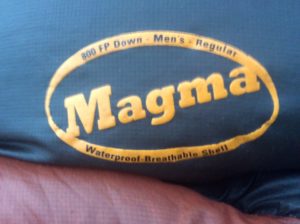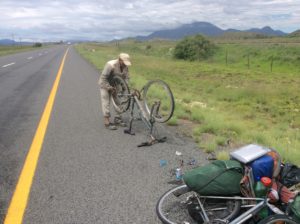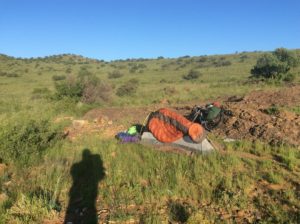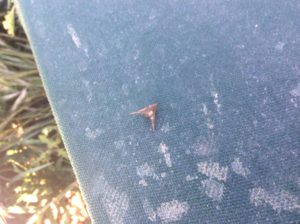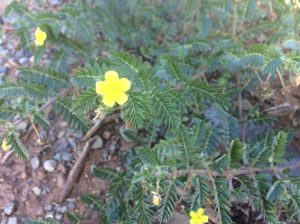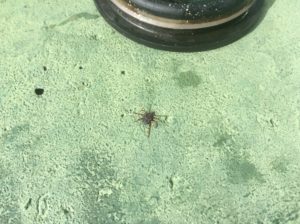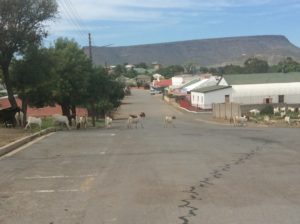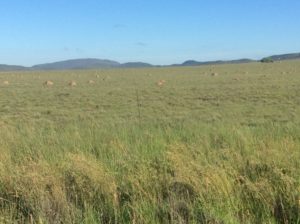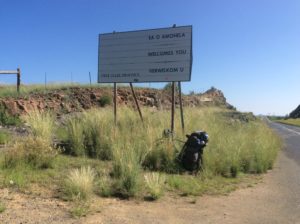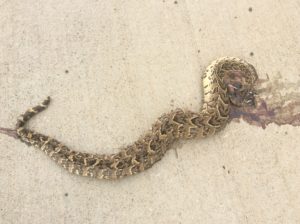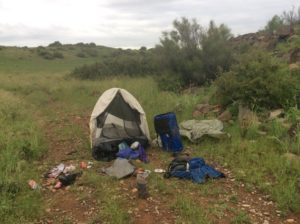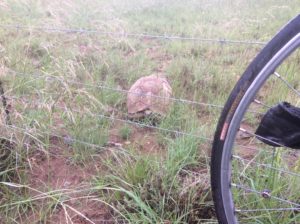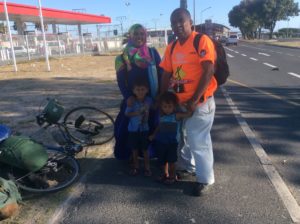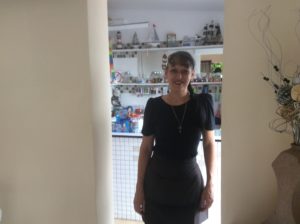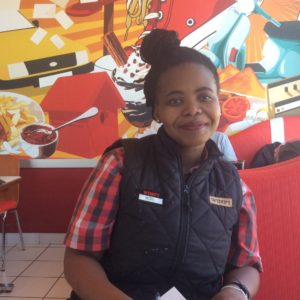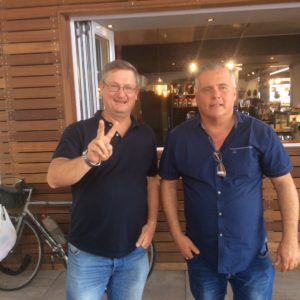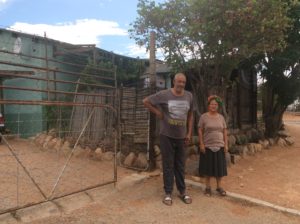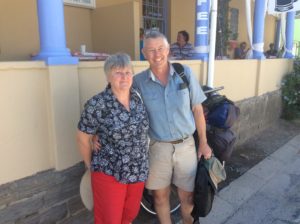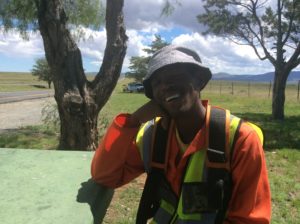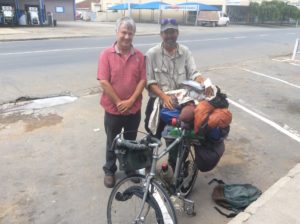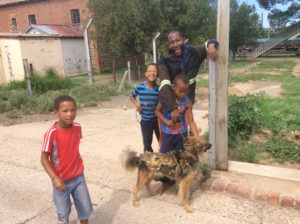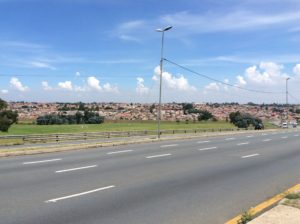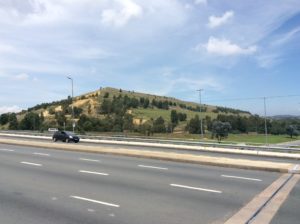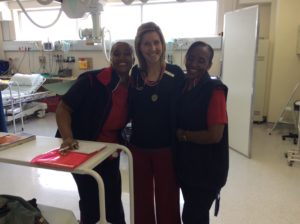March 24, 2017
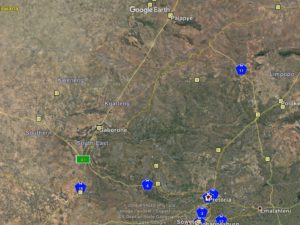
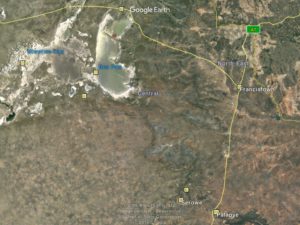
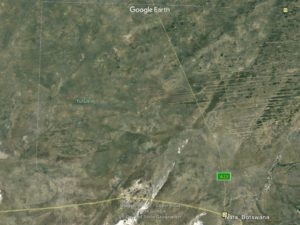
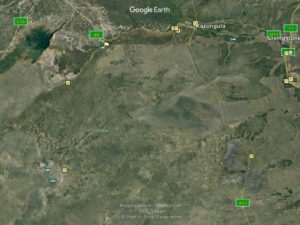
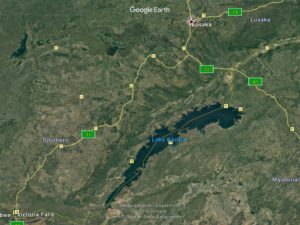
My stay at Pretoria was at a hostel / hotel dedicated to providing economic quarters for out of town people attending to family being treated in a nearby hospital, the same where I got the Malaria prescription. The pharmacy folks actually clued me in on the place. After I sunk $500+ for the meds I guess they figured I deserved a break. Mostly older folks stay there, a few permanent residents, and the facility, Four Flowers Foundation, was a great place to rest for a couple of days- quiet and clean. I was there for three nights and the manager and his wife, Vivian and Nora Morris, made my stay pleasant. Vivian spent part of his career collecting gemstones and crystals that he took around to rock shows in southern Africa. He was what we’d call a rockhound and had a few samples of tiger eye and other gems kicking around the grounds. People there were friendly and talkative and it was entertaining to hear what the Afrikaaner retirees had done for a living.
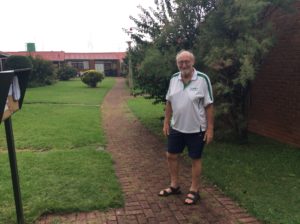
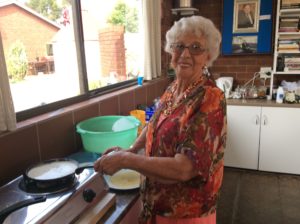
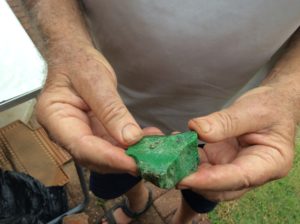
Visits to embassies were mostly unencouraging as in general an embassy will only issue a visa to a person from the country where the embsssy is located, in this case, South Africa. Makes sense, but it’s all new to me. One piece of good news, Kenya said, contrary to the country’s website, that I could get a visa at point of entry. Who knows. Ethiopia said to apply at Nairobi, Kenya. Russia said my plans for Siberia were possible but there was nothing they could do then and there. Didn’t make it to China’s embassy. I went to the U.S. Embassy for possible advice but, without an appointment, didn’t get far; two security guys came out in the parking lot and like robots that were neither friendly nor unfriendly told me to contact an American Civil Services office either in Johannesburg or Gaborone, Botswana. Their advice then culminated in suggesting I always lock my bike when not attending it and not to ride through downtown Pretoria.
On the way to the border with Botswana, I took a short detour to an archeological site called the Maropeng Crucible of Humankind. A UNESCO World Heritage Site, there are Hominid fossils dating back 3 million years in a network of limestone caves covering about 500 square kilometers. See https://en.m.wikipedia.org/wiki/Cradle_of_Humankind. Work there is ongoing with significant discoveries in just the last few years.
Somewhere near there I discovered in my pants pocket keys to my room and entrance gates at the Four Flowers Foundation- I had forgotten to turn them over to Vivian. I sent him an email requesting an address to which I could send them and then found a PostNet (the South African equivelant to FedEx) in Rustenburg, the next sizable town. After I gave the PostNet folks the sad story, they gave me a very good deal on overnight delivery and were in general fun to be around.
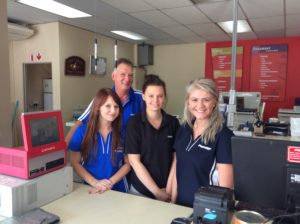
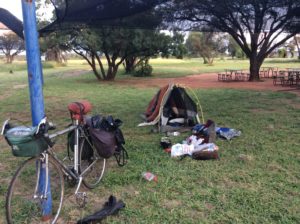
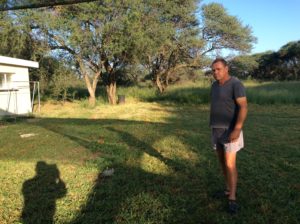
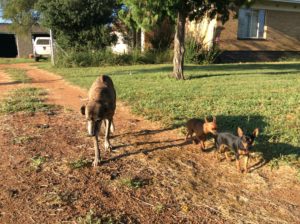
I took a less traveled route to the border with Botswana where things were pretty well deserted. There were no lines at immigration and the lady who stamps the passports was behind the counter sitting and waiting. It should have been simple from there but somehow she didn’t like the idea of me riding a bike through Botswana alone and had to keep going to her boss with questions. Unlike any border I’ve ever been through, she invited me to come through a door to her side of the counter and sit while negotiations were made. They even took a look at my website. I finally convinced them it would be OK and the boss gave a nod. Back around to the other side I watched as she held the stamp over passport but then asked me just one more question. I wanted to reach through and slam the hovering hand to the page. I’m not even sure what she asked but I nodded and, finally, STAMP.
I rode tailwind into Gabarone, found a hotel, then went to the American Civil Services office which, in Gabarone, is at the Embassy. The ACS was only open Monday and Thursday mornings and it was then noon, Monday- they were closed. So, I gave up on talking with the consulate, slept the night at the hotel (& casino!) and started north the next morning.
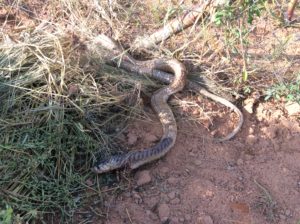
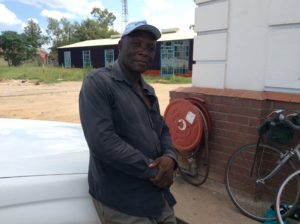
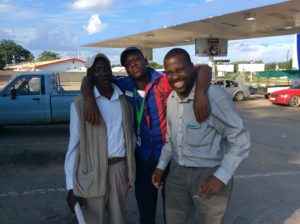
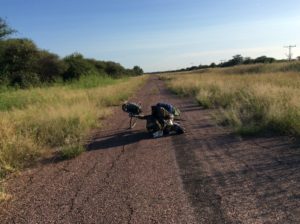
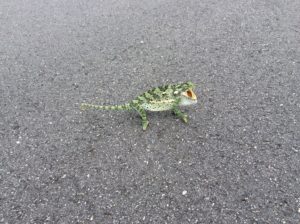
Botswana is a country about three times the area of the state of Utah but only 2/3 the people. Most of the population is located on the east side, between Gabarone and Francistown. Elsewhere are vast expanses of wild Africa, a sample of which I got when leaving Francistown but especially after turning north from Nata, Botswana. Getting to Francistown was flat, fast and uneventful. A left turn and good tail wind then took me to Nata. Had one 112 mile day on that stretch. From Nata the route went north over a little traveled highway to the Zambian border at Kazungula. No fences for this stretch and much wildlife. There are many elephants which made for some exciting travel and you had to keep a constant lookout for them. The terrain is “bushveld” where trees and shrubs are just high enough to hide the giant beasts, and they had a habit of appearing out of nowhere. I figured a hundred or so feet seemed ample distance from the highway to pass by one and did so for a couple of bulls. Then I had one turn towards me when I was adjacent with him. He lowered his head, stuck his ears straight out and took a couple of bluff charge steps towards me- it put my heart in my throat. There after, the hundred feet became more like a hundred yards. When I would see one that was too close I’d wait for a car, sometimes 15 or 20 minutes, and wave him down to escort me through, riding the bike along side the vehicle. The elephants are habituated to the cars and trucks but the bikes, being a bit more animate, get their attention. They are sensitive to eye contact and if you are going to pass close, it’s best to just look straight ahead and ride; easier said than done. I watched one bull from maybe two hundred yards out while waiting for a car. He was facing me and glancing my way as if to say “what are you lookin’ at?”
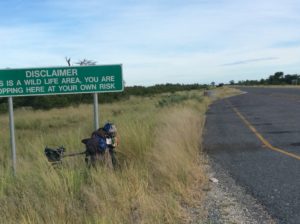
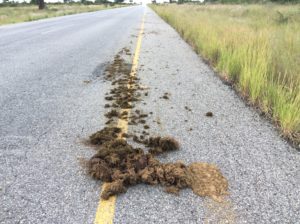
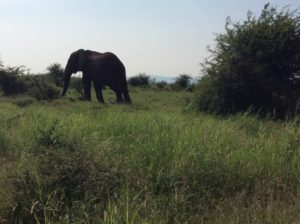
Along with elephants there were much less threatening giraffes, zebras, impalas, tiny deer that I think were reeboks. One warthog! They say there are lions and cape buffalo as well but I never saw them. Camping could be nerve wracking, and I always pitched the tent near a climbable tree. I have a can of bear spray that has survived now multiple airline flights and about 16 border crossings. Might dissuade a lion, but little else. I keep stove gasoline and a lighter close by as a last resort.
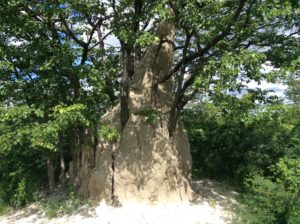
I was able to camp a couple of nights at microwave towers. They have fenced enclosures and two security people that man them day and night. The two I stayed at had people more than glad for company and a break in a routine that must be pretty boring. They would offer food and heat water for nightly showers, all done on wood fires. Virtually everyone in Botswana speaks some English, so we could communicate pretty well.
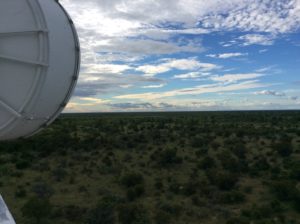
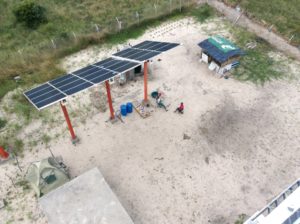
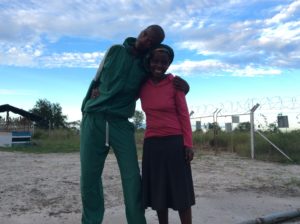
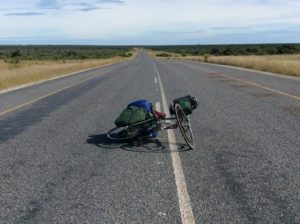
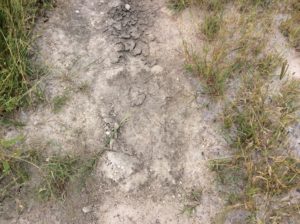
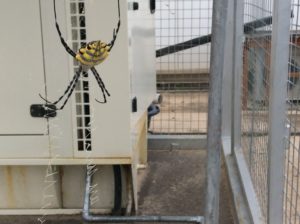
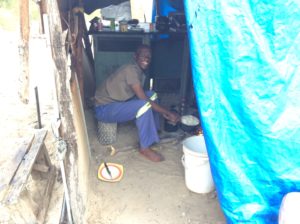
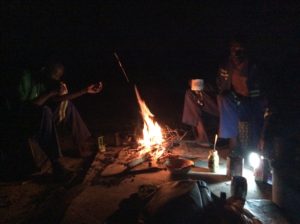
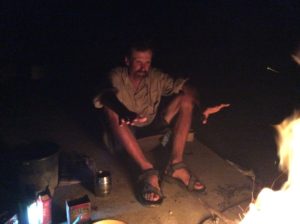
Botswana was a British protectorate until the mid 60s and English influence is still prevalent. Zambia and Zimbabwe were Crown Colonies then as well, but as North and South Rhodesia. Together with Swaziland and country-locked Lesotho, they all gained independence in the 60s. Zambia declared its independence at the closing ceremony for the 1964 Summer Olympics in Japan making them the only country to enter the games as one country and leave as another.
After getting to the border with Zambia, you cross the Zambezi River fifty or so miles upstream from Victoria Falls. Transportation is by ferry, but it will only carry two semi trucks at a time. Trucks were lined up for miles on each side, the wait being as much as two weeks. They’re currently building a bridge and I’m sure there will be great relief to get it finished. No wait for peds and bikes.
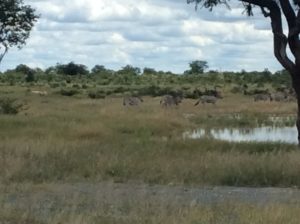
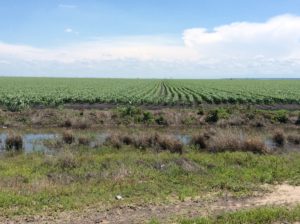
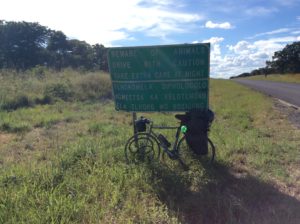
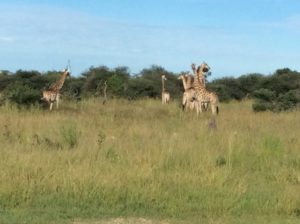
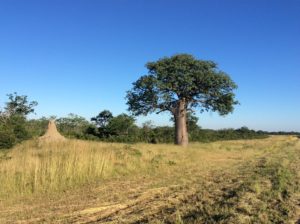
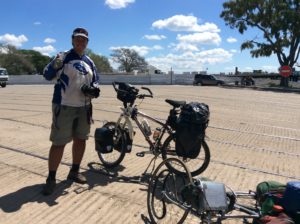
At the ferry a guy, Levy, came to me, struck up a conversation and invited me to stay at his house. It being late in the day, I took him up on the offer. He made me dinner over a charcoal fire and cooked Nshima (ground corn not very different from polenta) tomatoes, onions and hard boiled eggs that he then fried in oil. Very good. The next day he rode 50 miles with me to Livingstone, the tourist town near Victoria Falls. We managed to kill most of the day doing that but he had a place for us to stay there. He is involved with the Baptist Church and we stayed at his pastor’s compound. The pastor, a Filipino, invited us for dinner, over the course of which he waisted no time in trying to convert me. A younger man than me, he insisted it was never too late for salvation, even for a guy my age. I endured the evening but was glad to get going early the next morning.
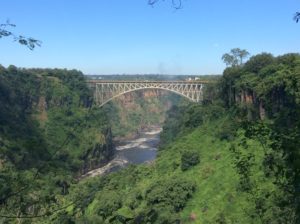
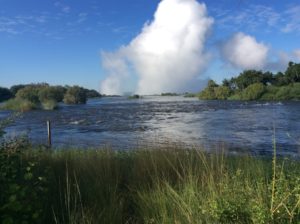
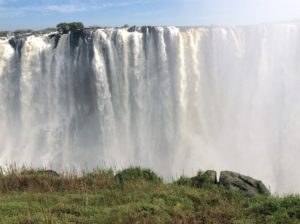
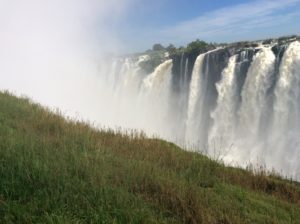
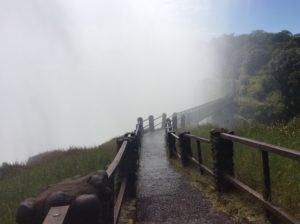
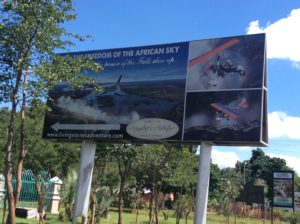
Victoria Falls were indeed spectacular and worth seeing. I spent the morning walking mist trails and getting soaked with spray. Once back in Livingstone I got groceries and rode a 30 mile afternoon to a good camp in secluded bush. Several days of mild headwind followed taking me to Lusaka, Zambia’s capitol. Roads for the most part were good, even very good. In South Africa, chip sealing is part of new construction for highways, and they use very course aggregate. I’m guessing that the rough surface offers better traction and less tendency for hydroplaning on roads that can see heavy rains. They were tough to ride a bike on, though, and generated a screaming hiss when a car flew past at 80 mph- it was like spraying a high pressure air nozzle across your ear. Botswana saw a decline in chip sealing and the practice is non-existent in Zambia. The “good” highways in Zambia are smoother, shoulders fair, but when roads are deteriorated they can be a nightmare. The traffic has been much heavier in Zambia, particularly truck traffic, and bad roads could be a free-for-all of traffic weaving in and out of chuckholes, competing for the best lines. There is considerable bicycle traffic in Zambia as well and a palpable disdain for them by the trucks- I get no better treatment than anybody and they’ll honk to get you out of the way and then pass with as tight a clearance as they can get away with, sometimes pushing me onto a dirt shoulder.
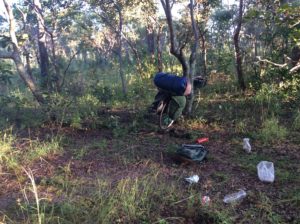
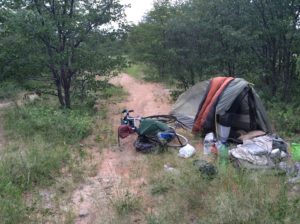
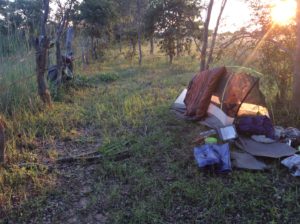
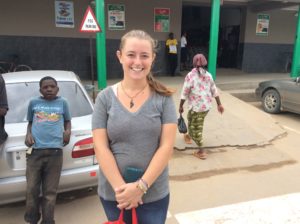
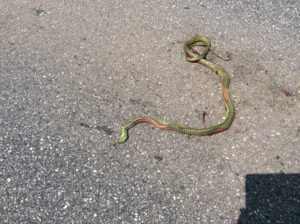
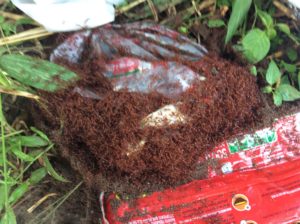
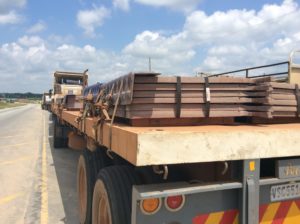
The final leg to Lusaka was through headwind and I was fairly beat when I pulled up to a KFC (they appear to have edged out McDonalds in world wide popularity) to try and get Wi-Fi and locate a hotel. Luis Lopes was watching me park the bike through the window and waved me to come in and share some chicken. The next thing I knew I was staying at his place and being treated like royalty. He’s a builder constructing high-end houses for rentals on a property his brother owns. He fed me many meals over three days while I worked on the blog and did repairs. He wouldn’t let me ride the bike to town and arranged a taxi to take me around to bike shops one day. The houses are beautiful. He builds doors and trim out of African rosewood but then plant trees for replacement. He has one mahogany that’s becoming sizable. He has several avocado, passion fruit and kiwi fruit trees on the property as well.
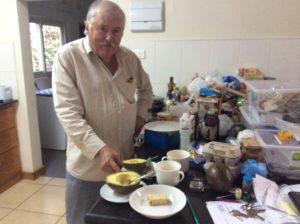
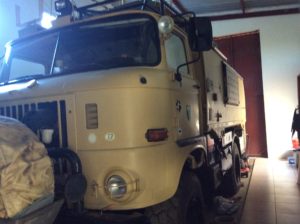
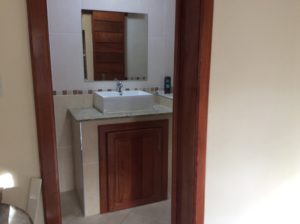
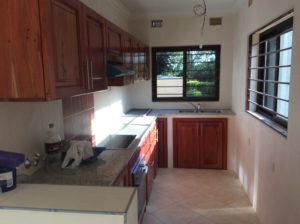
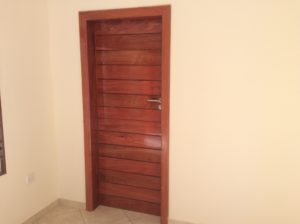
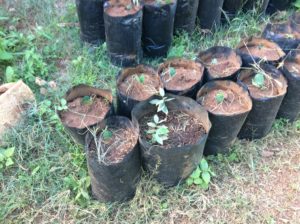
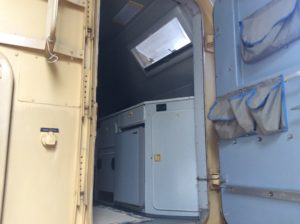
The stay with Luis has been a good rest and I haven’t been able to spend a dime in three days. I was considering another attempt at contacting the U.S. Embassy in Lusaka but have been so discouraged at previous embassy tries that I was then leaning towards riding on and taking my chances. Luis suggested getting an appointment and got them on the phone. Over the telephone it took some convincing with the front desk person, but he finally gave me an email address to set up an appointment. In the email I gave them some background on what I was doing and got a response right away to come the next afternoon. This time I was given a security pass, invited in and spent a good hour with a somebody fairly high in the food chain. He printed out all kinds of info on upcoming countries and had lots of sound advice but knew well bounderies where he just couldn’t say. Very good, professional treatment this time. Appointments make the difference- Thanks Luis.
Tomorrow I’ll be on the road again headed to Tanzania- maybe 8 days away.
